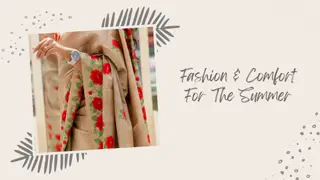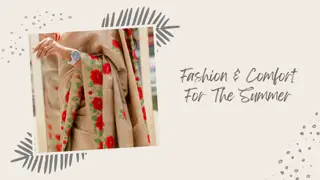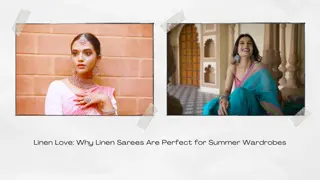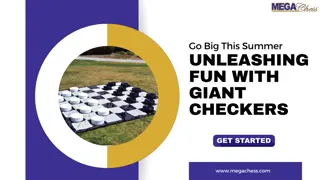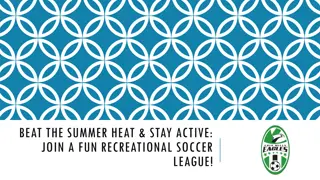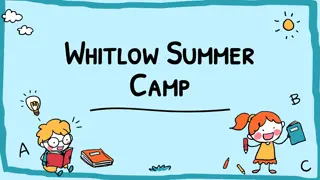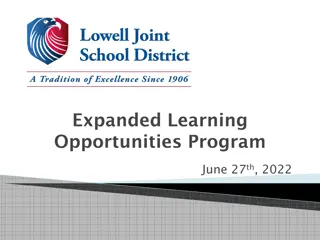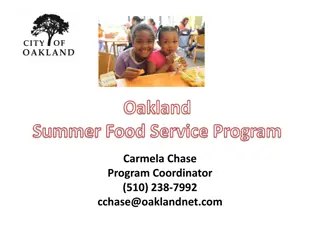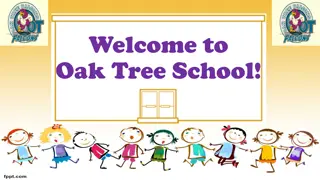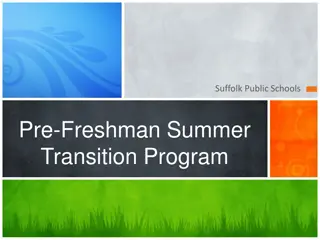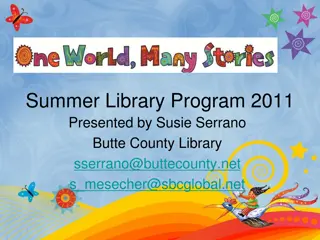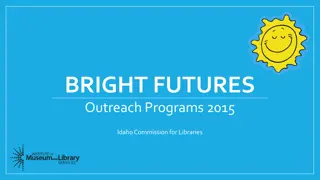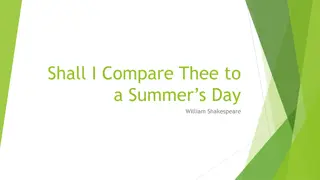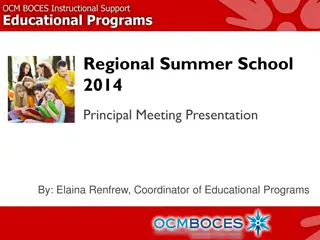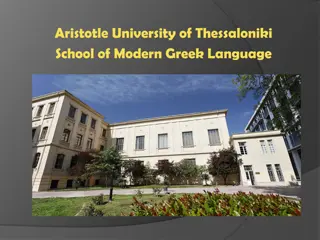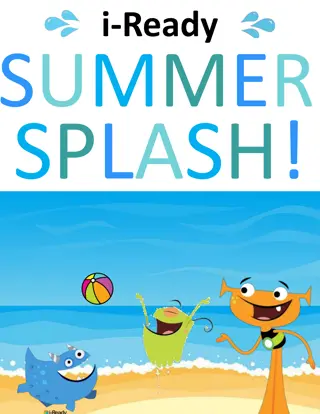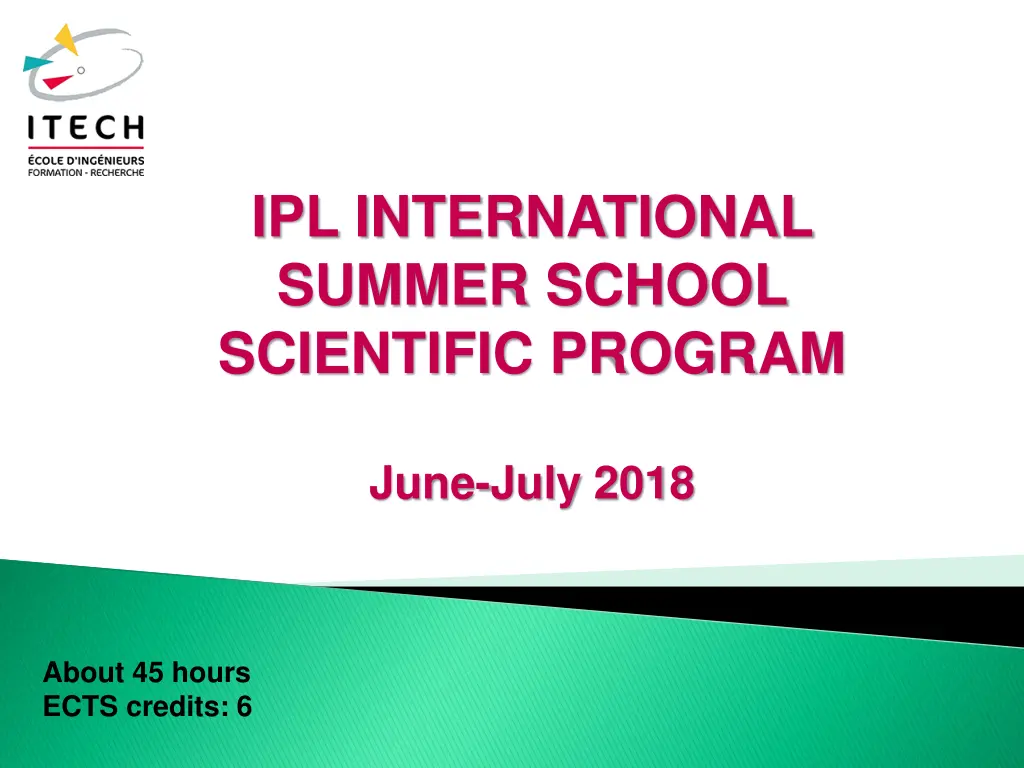
Summer School Scientific Program 2018
Join the IPL International Summer School Scientific Program in June-July 2018 for hands-on learning experiences in wood adhesive manufacturing, white water-based paint handling, plastic material selection, colorimetry, and leather industry fundamentals. Gain practical skills and knowledge in a variety of technical fields.
Download Presentation

Please find below an Image/Link to download the presentation.
The content on the website is provided AS IS for your information and personal use only. It may not be sold, licensed, or shared on other websites without obtaining consent from the author. If you encounter any issues during the download, it is possible that the publisher has removed the file from their server.
You are allowed to download the files provided on this website for personal or commercial use, subject to the condition that they are used lawfully. All files are the property of their respective owners.
The content on the website is provided AS IS for your information and personal use only. It may not be sold, licensed, or shared on other websites without obtaining consent from the author.
E N D
Presentation Transcript
IPL INTERNATIONAL SUMMER SCHOOL SCIENTIFIC PROGRAM June-July 2018 About 45 hours ECTS credits: 6
Manufacturing, application and controls of a wood adhesive with: Formulation of the adhesive Specifications The role of raw materials Control of bonds (on the wood shear ample) Shear test with a dynamometer Sylvie DURDILLY And: Application of a pressure sensitive adhesive Loop tack test with a dynamometer
Handling the raw materials for a white water-based paint (fillers, pigment, binder, additives ) Realization of all the stages of the process Application on standard panels Quality control of decorative paint: rheology / opacity / gloss / specific gravity / dry content.. Jean-Pascal PHILIBERT Analysis of the results
How to choose a plastic material Practical work on materials recognition How to conceive a piece Demonstration on CAO/DAO softwares The different transformation techniques of plastic materials Plus demonstrations in injection, thermoforming Marine MARTIN
OBJECTIVE Visual evaluation, measurements, color matching CONTENT Presentation of basis in colorimetry: observation conditions (lights) Color characteristics (hue, chroma, lightness) Presentation of colorimetry softwares: Quality control: interpretation of colorimetry data (Cielab color space) Formulation, correction: use a pigments file to match a color Practical work Reproduce a target color using colorimetric softwares and lights cabin Caroline GOUTTEBARGE
1/ Theoretical content Presentation of the leather industry Introduction to the process from the raw hide to finished product The chemistry of leather Standard procedures 2/ Practical work Formulation of leather pieces The different finishing techniques Fabrication of a piece (in small groups) Franck DIAZ
Practical Work: Gas chromatography: gas chromatography concrete application on the analysis of a mixture of unknown solvents (separation, identification and quantification) principle and Infrared spectro- Practical photometry principle, sampling techniques according to the product under analysis, highlight of major identification of unknown concrete applications on any type of support (liquid, powder, plastic material, paint, textile, leather ...) Work: Pascale FILLON chemical bonds, polymers,
Skin care products: Emulsion Oil/Water et Water/Oil Make-up products: Lipstick 3/ Formulation and characterization sun care Water/Silicon Formulation: basic Sun care formulation Water/Silicon Controls: viscosity, centrifugation and microscope observations A) Emulsion: 4h Skin Care Laboratory 1/ Formulation and characterization Oil/Water Formulation with different thickeners Formulation with different nature of surfactant Formulation with different oil phases Controls: pH, viscosity, centrifugation and microscope observations B) Lipstick: 3h Formulation and characterization of a Lipstick Formulation with different waxes Formulation with different oil phases Controls: sensorial tests, breaking point 2/ Formulation and characterization Water/Silicon Formulation basic formulation Water/Silicon Controls: viscosity, centrifugation and microscope observations Pascale COTTIN
1/ Dyeing To use a dyeing machine, type Jigger To realize a dyeing recipe: influence of different products To analyze the result: color, levelness with spectrophotocolorimeter measures 2/ Finishing with fluorocarbon-based repellents To use finishing machines, type padder and stenter frame To realize a finishing recipe with fluorocarbon products To analyze the result: control of water and oil repellency Fabien ROLAND 3/ Visit of the textile platform to see different textile technologies and machines Spinning, weaving and knitting workshops Finishing and control laboratories

